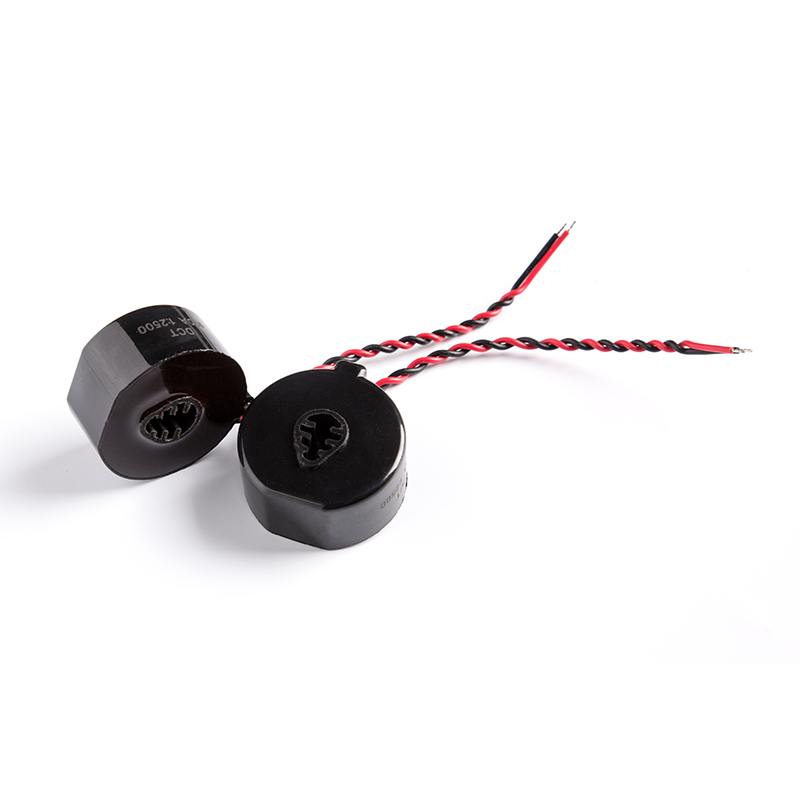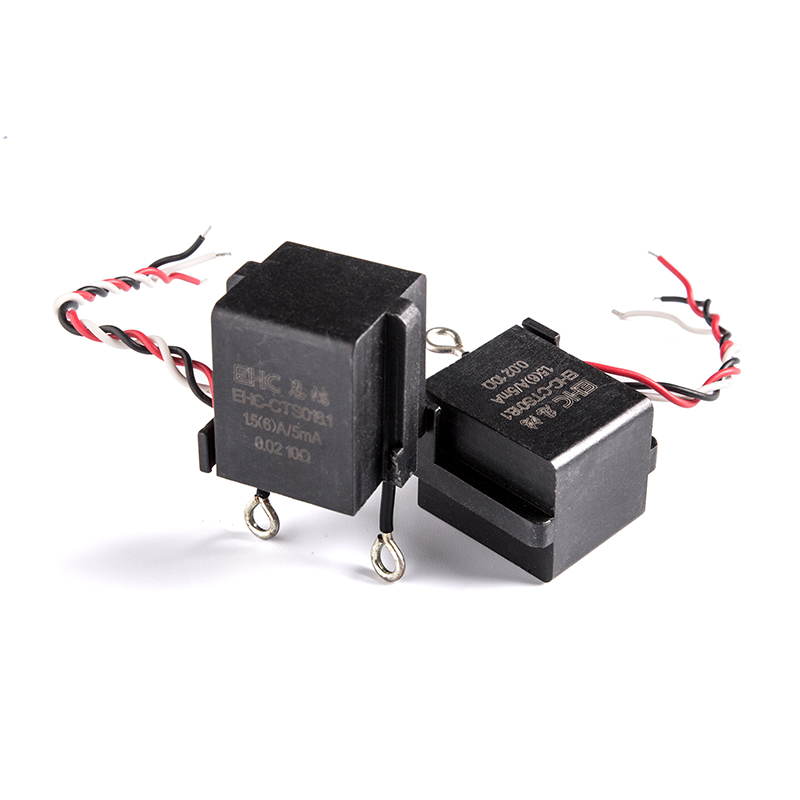There are several limitations and considerations to keep in mind when selecting magnetic cores for a particular application. Magnetic cores play a crucial role in various electronic devices and systems, such as transformers and inductors, and making the right choice is essential for optimal performance. Here are key considerations and limitations:
Core Material:
Selection Based on Application: Different magnetic materials, such as ferrites, iron powder, and laminated cores, have varying magnetic properties. The choice of material depends on the specific requirements of the application, including frequency range, power levels, and environmental conditions.
Saturation Flux Density: Each core material has a maximum saturation flux density, which limits the amount of magnetic flux it can handle before losing its magnetic properties. Ensure that the selected core material can accommodate the expected magnetic flux levels in the application.
Frequency Range:
Core Material Dependence: The choice of core material is often dependent on the frequency range of the application. Some materials, like ferrites, are suitable for high-frequency applications, while others, like iron powder cores, may be better suited for lower frequencies.
Skin Effect and Proximity Effect: At high frequencies, the skin effect and proximity effect can impact the distribution of magnetic flux in the core. Considerations for core geometry and material properties become crucial in minimizing these effects.
Power Handling Capacity:
Core Size and Power Losses: The physical size of the core, along with its material properties, affects the power handling capacity. Larger cores can dissipate heat more effectively, reducing the risk of core saturation and power losses.
Core Temperature Rise: Consider the maximum allowable temperature rise of the core during operation. Excessive temperature rise can lead to reduced efficiency and may affect the overall reliability of the magnetic component.
Winding Configurations:
Winding Techniques: The choice of winding technique, such as the number of turns and the winding distribution, influences the magnetic characteristics of the core. Improper winding practices can result in increased losses and reduced efficiency.
Temperature and Environmental Conditions:
Temperature Stability: Ensure that the selected magnetic core material exhibits stable magnetic properties over the operating temperature range of the application. Some materials may experience changes in magnetic characteristics with temperature variations.
Environmental Considerations: Consider factors such as humidity, exposure to corrosive environments, and potential mechanical stresses. Select a magnetic core that can withstand the environmental conditions in which the device will operate.
Cost and Availability:
Economic Factors: Consider the economic factors associated with the choice of magnetic cores, including material costs, manufacturing processes, and the overall cost-effectiveness of the selected core for the application.
Availability: Ensure that the chosen magnetic core is readily available from reliable suppliers. Availability can impact production timelines and the ability to scale up manufacturing.
Magnetic Shielding:
External Magnetic Fields: In applications where external magnetic fields may affect the performance, consider the need for magnetic shielding. Certain core materials, like mu-metal, are effective for magnetic shielding applications.
Specialized Applications:
Special Requirements: Some applications, such as power electronics or medical devices, may have specific requirements, such as low noise, high efficiency, or compliance with industry standards. Choose magnetic cores that meet these specialized criteria.
Testing and Validation:
Testing Procedures: Establish testing procedures to validate the performance of the magnetic core in the specific application. This may include measurements of inductance, core losses, and other relevant parameters.
Iterative Design: In complex applications, it may be necessary to iteratively design and test different core configurations to optimize performance based on the actual operating conditions.
Future Design Considerations:
Scalability and Upgradability: Consider the scalability and upgradability of the chosen magnetic core for potential future design changes or enhancements.
Technology Trends: Stay informed about advancements in magnetic materials and core technologies to assess the potential benefits of adopting new materials or design approaches in future applications.

 English
English 中文简体
中文简体 Deutsch
Deutsch 日本語
日本語

 View More >>
View More >> View More >>
View More >> View More >>
View More >> View More >>
View More >> View More >>
View More >> View More >>
View More >> View More >>
View More >> View More >>
View More >>